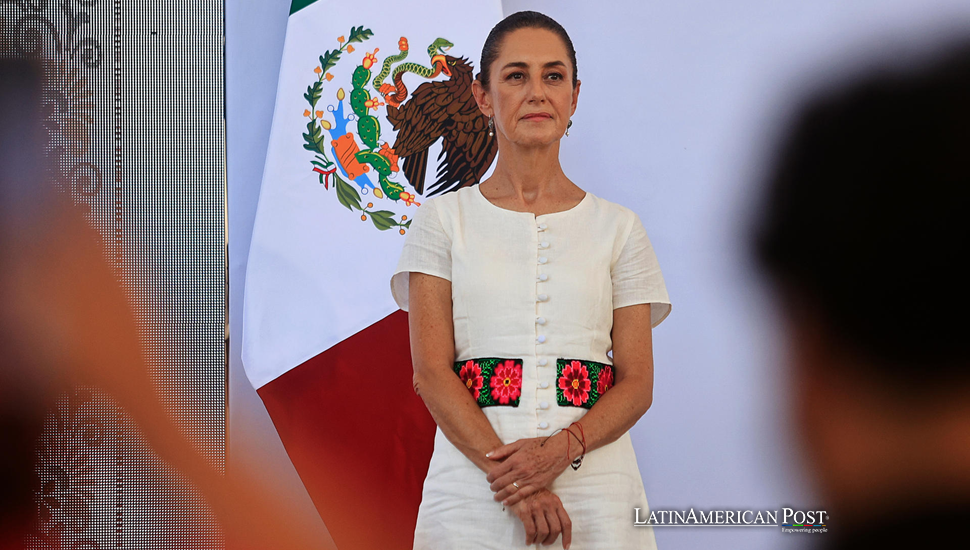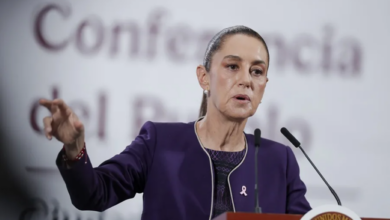Sheinbaum to Steer Mexico Through Economic and Environmental Crossroads

As Claudia Sheinbaum takes over as Mexico’s president, she inherits a mix of opportunities and challenges. Balancing trade partnerships, Pemex’s debt, and cross-border relations, she faces high expectations from supporters and critics alike.
Trade Partnerships and Nearshoring Boom
Claudia Sheinbaum’s administration steps into a new era of opportunity for Mexico’s trade economy. The BBC recently reported that Mexico has become the United States’ top trading partner, displacing China thanks to “nearshoring.” This trend involves U.S. and Asian firms relocating production to northern Mexico to bypass tariffs on Chinese exports. Former trade negotiator Juan Carlos Baker Pineda explained that Mexico’s strategic position and its free-trade agreements and workforce make it highly attractive to foreign capital. Amazon’s $5 billion investment, Volkswagen’s $1 billion commitment, and interest from companies across South Africa, Japan, and China highlight Mexico’s economic potential.
However, critics argue that while nearshoring might bolster corporate profits, its broader benefits for the Mexican economy remain unclear. Baker Pineda believes the success of this trend depends on “the right corporate and government decisions” to secure long-term growth and sustainable gains for Mexican workers. Sheinbaum’s administration faces the challenge of ensuring that foreign investments translate into tangible benefits for Mexico, from job creation to infrastructure development in manufacturing zones.
Pemex’s Debt and Environmental Hurdles
Despite the optimism around trade, Sheinbaum faces an urgent issue with Pemex, the state-owned energy giant. With an estimated $100 billion in debt, Pemex is the world’s most indebted oil company. Fernanda Ballesteros, Mexico’s country manager for the Natural Resource Governance Institute, told the BBC that Pemex’s financial issues are “not just a problem for the company but for Mexico as a whole.” Under former president Andrés Manuel López Obrador, Pemex’s tax burden was cut from 60% to 30%, and the government repeatedly provided cash infusions. However, the company’s productivity has declined, complicating Sheinbaum’s task of stabilizing the firm.
Sheinbaum’s background as an environmental engineer is at odds with Pemex’s dependency on fossil fuels. Ballesteros argues that 90% of Pemex’s recent infrastructure investments went toward a new refinery in Dos Bocas, Tabasco, and another in Texas. While the government aims for fuel self-sufficiency by 2025, Sheinbaum faces the daunting task of balancing Mexico’s energy needs with its climate commitments. Eugenio Fernández Vázquez, an environmental expert, noted that Sheinbaum must juggle increasing Pemex’s output with reducing emissions. This challenge is particularly pressing in cities suffering from air pollution, where a cleaner energy transition could significantly improve quality of life.
Cross-Border Relations and Trade Agreement Tensions
Sheinbaum’s relationship with the United States will be pivotal. She faces the possibility of negotiating with either Kamala Harris as the first female president or the return of Donald Trump. Cross-border issues, from trade adjustments to undocumented immigration, weapon trafficking, and the fentanyl crisis, require a delicate approach. The BBC reports that Sheinbaum’s administration may face increased scrutiny on trade policies and regulations with the United States-Mexico-Canada Agreement (USMCA) up for renegotiation in 2026.
Moreover, Sheinbaum’s judicial reform plans are raising eyebrows in Washington. Recently, the peso declined against the dollar following Sheinbaum and López Obrador’s support for a controversial judicial overhaul, which proposes electing all of Mexico’s 7,000 judges and magistrates by popular vote. The U.S. Ambassador to Mexico, Ken Salazar, publicly disapproved of the measure, stirring concerns that Washington could use this as leverage in future USMCA negotiations. Reconciling these diplomatic frictions while safeguarding Mexico’s interests remains one of Sheinbaum’s more complex responsibilities.
Building on López Obrador’s Legacy
Despite the challenges, Sheinbaum begins her term with broad political support. López Obrador’s administration, known for its ambitious social programs, secured a solid following, and Sheinbaum pledged to continue these policies. Her election promise to build a “second floor” of social programs includes extending pensions, family stipends, and student grants, earning her the trust of millions. She can pursue policy goals with minimal resistance with a majority in Congress.
However, Sheinbaum also faces high expectations for tackling Mexico’s core economic issues. With Pemex’s debt and the demands of an evolving trade economy, her administration must navigate a careful path. The BBC emphasizes that her supporters and critics view her ascent as a unique opportunity to bring stability and growth to Mexico’s economy. However, the extent of her success will likely depend on whether she can balance social progress with fiscal responsibility.
Also read: Latin America on Edge: Trump vs. Harris and Economic Volatility
As Sheinbaum’s administration takes shape, her approach to these intersecting issues will set the tone for Mexico’s future. Balancing economic partnerships, environmental responsibilities, and political reforms, she must leverage her influential position to steer Mexico through one of its most critical periods.




